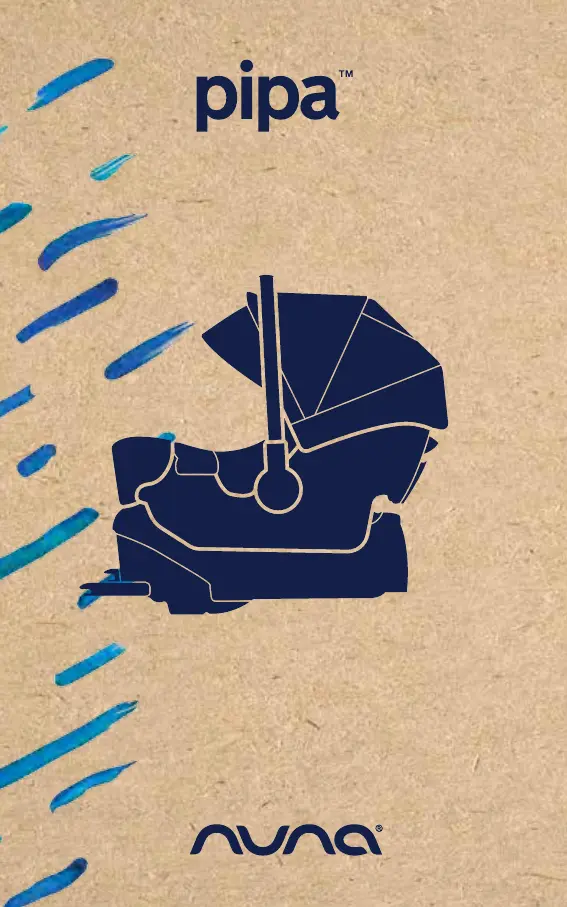Nuna Pipa Lite Bruksanvisning
Nuna
Bilbarnstol
Pipa Lite
Läs gratis den bruksanvisning för Nuna Pipa Lite (96 sidor) i kategorin Bilbarnstol. Guiden har ansetts hjälpsam av 10 personer och har ett genomsnittsbetyg på 4.3 stjärnor baserat på 5.5 recensioner. Har du en fråga om Nuna Pipa Lite eller vill du ställa frågor till andra användare av produkten? Ställ en fråga
Sida 1/96

Produktspecifikationer
| Varumärke: | Nuna |
| Kategori: | Bilbarnstol |
| Modell: | Pipa Lite |
Behöver du hjälp?
Om du behöver hjälp med Nuna Pipa Lite ställ en fråga nedan och andra användare kommer att svara dig
Bilbarnstol Nuna Manualer

15 September 2024

15 September 2024

15 September 2024

15 September 2024

15 September 2024

15 September 2024

25 Augusti 2024

25 Augusti 2024

17 Augusti 2024

16 Augusti 2024
Bilbarnstol Manualer
- Hema
- Heyner
- Cosatto
- Osann
- Joolz
- BabyGO
- Concord
- Ultimate Speed
- Quinny
- Baby Jogger
- Maxi-Cosi
- Petex
- Dometic
- Chipolino
- Kinderkraft
Nyaste Bilbarnstol Manualer

2 April 2025

2 April 2025

1 April 2025

28 Februari 2025

8 Februari 2025

6 Februari 2025

27 Januari 2025

10 Januari 2025

7 Januari 2025

7 Januari 2025